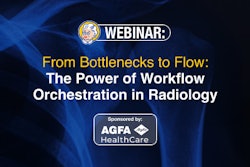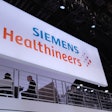More in Home
Median posts Q1 results, reports net loss for 2023
April 26, 2024
ScreenPoint CEO steps down; new CEO named
April 26, 2024
Esaote reports growth in fiscal year 2023
April 25, 2024
Smart Reporting secures €23M in financing
April 25, 2024
EUCAIM calls for new applicants and prepares for webinar
April 25, 2024






















